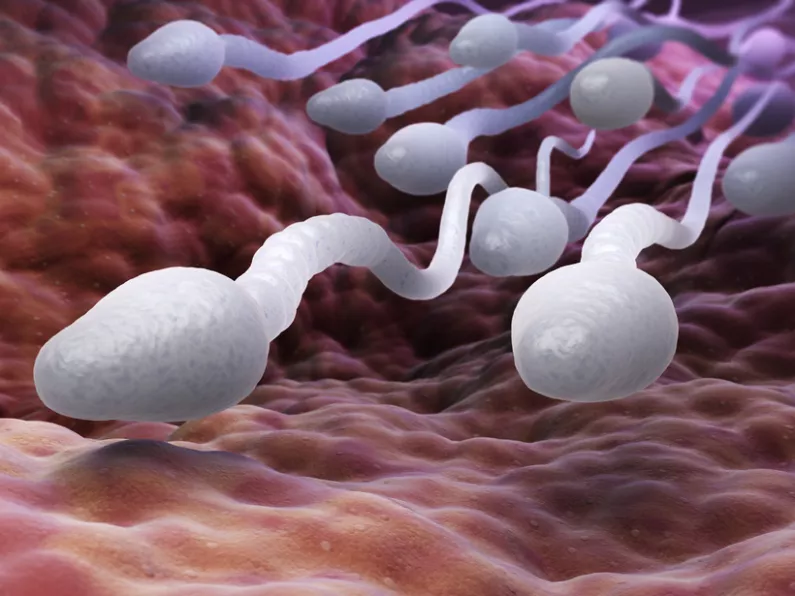The study also concluded that men who reported more physical activity at work also had higher levels of the male sex hormone testosterone - and the female hormone, estrogen.
“Contrary to what some people remember from biology class, ‘male’ and ‘female’ hormones are found in both sexes, but in different amounts," explains first author Lidia Mínguez-Alarcón, a reproductive epidemiologist with the Harvard-affiliated Brigham and Women’s Hospital, where the study was conducted.
"In this case, we hypothesize that excess testosterone is being converted into estrogen, which is a known way for the body to keep normal levels of both hormones."
Drastic decline in male sperm health
Infertility is a growing problem, and it can be caused by a wide variety of complex factors.
However, about 40% of infertility cases can be traced to male factors, such as sperm count, semen quality and sexual function.
In particular, sperm count and semen quality are thought to be the major drivers of growing infertility rates among males, with a previous study warning that sperm count has halved in the last 40 years.
While the current study found a relationship between physical activity and fertility in men seeking fertility treatment, it will take further research to confirm if these findings hold true for men from the general population.
“There is increasing evidence that male infertility is associated with common chronic diseases such as cardiovascular disease and autoimmune disease, highlighting the broader importance of male reproductive health,” said Mínguez-Alarcón about her team's findings.
“Uncovering actionable steps people can take to improve their fertility stands to benefit all of us, not just couples trying to conceive.”









